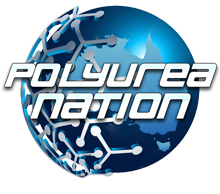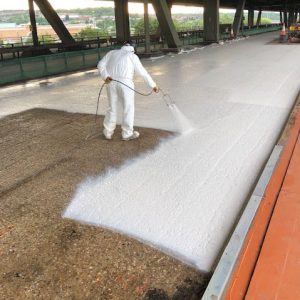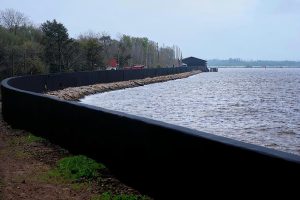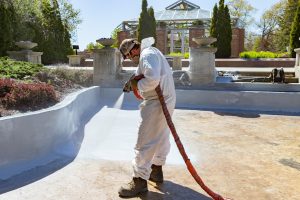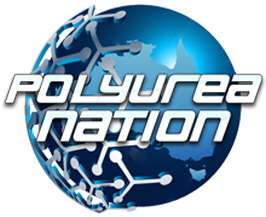Polyurea coatings have found their use in various areas, from protecting structures in industry and infrastructure to automotive applications. The growing demand for protective coatings has led to the development of polyurea distribution systems throughout the United States. Manufacturers, suppliers and applicators need a good distribution system to be able to get the right products and technical support. This knowledge of how polyurea flows through the supply chain helps determine the health of the industry and where it is likely to head in the future. This is because polyurea coatings are complex products requiring special application equipment and strict control during transportation and storage.
This article aims to explore the role of distributors in the supply chain of polyurea products. This is because polyurea systems are of different types and therefore, applicators need product information on what is most suitable for a given environmental and performance condition.
It would be problematic for contractors and other entities relying on polyurea’s protective properties to correctly procure the right formulation without reliable distribution channels. The success of polyurea distribution depends on logistics, product availability, and compliance with the law. Major suppliers have headquarters that distribute the coatings, spray equipment, and other necessities to customers through warehouses nationwide. The niche distributors are the small companies that focus on specific uses; they provide solutions to the sectors that need unique applications.
The growing usage of polyurea in construction, industrial maintenance, and vehicle protection has necessitated the need for efficient supply networks that can address these varied uses. The concentration of distributors is dependent on the regional demand. The distributors who supply these areas need products that are highly resistant to moisture, chemicals, and UV radiation. On the other hand, the areas with an emphasis on the development of the infrastructure demand polyurea for concrete protection, waterproofing, and expansion joint filling. The polyurea distribution network has also been transformed by market shifts with the help of digital tools and effective logistics to enhance product availability.
Many distributors have created online portals for contractors and businesses to get information about the products, formulations, and place orders. Improvement in shipping and storage has also been made to decrease the time of product delivery, which results in avoiding delays in project completion due to material shortage. This paper has estimated that as the industry still keeps on growing, the distribution channels will keep on developing to fulfill the increasing demand in various industries.
Efficiency, sustainability, and innovation will be critical in the future of polyurea distribution. As manufacturers develop new formulations that are better performing and safer for the environment, distributors must modify their supply networks to match these new formulations. The capacity to offer technical training and product support will also continue to be a key differentiator among the distributors based on the ability of the applicators to use polyurea correctly. Therefore, the polyurea industry has a strong supply network that can meet the protective coating requirements of businesses and infrastructure projects throughout the United States.
